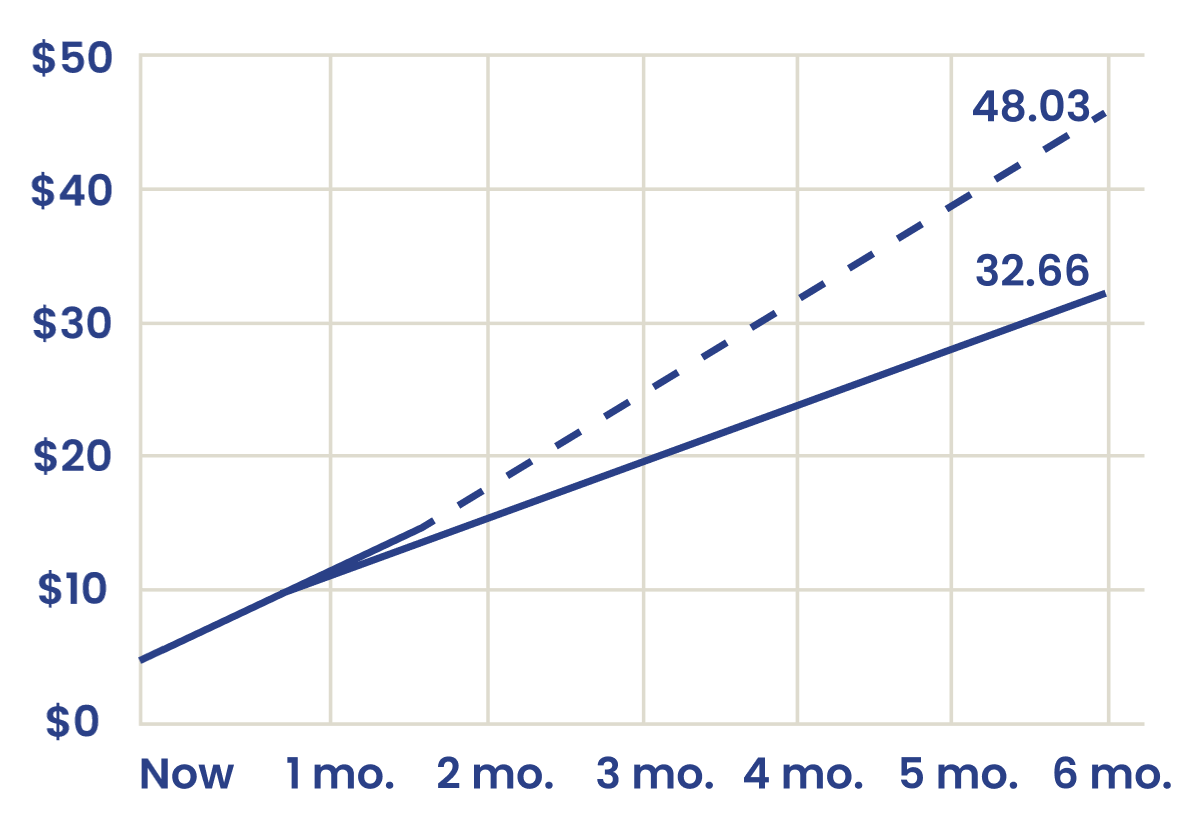Eggs stand out as a rich source of proteins, good fats, and carbohydrates, offering versatility in cooking—whether boiled, fried, scrambled, or incorporated into sweet and savory baking recipes. Their nutritional value makes them a valuable addition to your food plate.
Including eggs in your DIY long-term food storage is advantageous, yet keeping them as is for an extended period is not feasible. Enter freeze-drying: a method that ensures your eggs stay preserved without spoiling.
If you haven't already, consider investing in a freeze dryer to elevate your long-term food storage game. A home freeze-dryer enables the preservation of various food items. Discover step-by-step techniques to freeze-dry eggs for prolonged storage in this comprehensive guide.
Step#1: Egg Preparation
First, decide whether to freeze dry raw eggs or cooked eggs. But before you freeze-dry them, you need to prepare them.
- For raw eggs, break them in a bowl and mix them.
- For cooked eggs, like boiled or scrambled eggs, you need to cut them into smaller-sized pieces.
You can lay the prepared eggs on the freeze-dryer trays after this.
Bonus Tips: Use parchment paper on trays for easier cleanup. Silicone cups can also help.
Step#2: Egg Pre-Freezing
This is a critical step if you are using raw eggs. Do not directly put raw eggs in the freeze dryers. Otherwise, eggs will spill when the pump starts. You must pre-freeze your raw eggs to keep this from happening. Make sure all the water has completely frozen before you freeze-dry it.
Bonus Tips: Place the tray in the freezer and pour the raw eggs for pre-freezing instead of filling the tray beforehand to avoid spilling. You can use silicone ice cube trays if you can not fit the tray in your freezer. It will make freeze-drying easier.
Step#3: Turn on the Freeze Dryer
Switch on the freeze dryer after pre-freezing your raw eggs or cooking them and placing them on a tray.
Usually, it takes 24-40 hours to freeze-dry the eggs completely. You will need even more time to freeze dry if you put more trays with more eggs.
Step#4: Monitor moisture
You need to check if the eggs freeze-dried after completing one freeze-drying cycle or not. Use a clean spatula or spoon to scrape some of the eggs for this.
Press it firmly between your fingers. You might need to run another cycle if you feel moisture on your fingers. Add more time to your freeze-dryer to finish drying.
Step#5: Powder the Eggs
Use a spoon to break freeze-dried eggs into a powder once done. Using a blender to powder the eggs is ideal.
Powdering your eggs will help you achieve a better texture. It can be helpful during rehydration.
Step#6: Storage
Mylar bags with oxygen absorbers are a good way to store freeze-dried eggs. You can also use mason jars.
However, we suggest using Mylar bags with oxygen absorbers for several reasons. Mylar bags have high tensile strength and are puncture-resistant. It prevents them from breaking and tearing. Oxygen absorbers absorb every oxygen molecule from the bag, reducing the chance of bacteria growth. It is also much easier to seal them just using a simple hair straightener or heat sealer.
Using Freeze-Dried Eggs
- For raw eggs, rehydrate them before baking or cooking. You will need 2 tbsp of freeze-dried egg powder and 2 tbsp of water for one egg.
- Use½ cup of scrambled egg powder and add 1/3 cup of water for freeze-dried scrambled eggs. Although you don’t need to cook it, you can heat it for a better taste.
Bottom Line
Storing eggs long-term can be beneficial for gaining nutrition to thrive and survive during emergencies. Freeze-drying eggs gives you a better chance of holding eggs long-term.
You can buy Mylar bags with oxygen absorbers to store freeze-dried eggs from Wallaby. We provide a wide range of Mylar bags of different sizes and high-quality oxygen absorbers in different capacities.
Check out our collection to place your order now.





